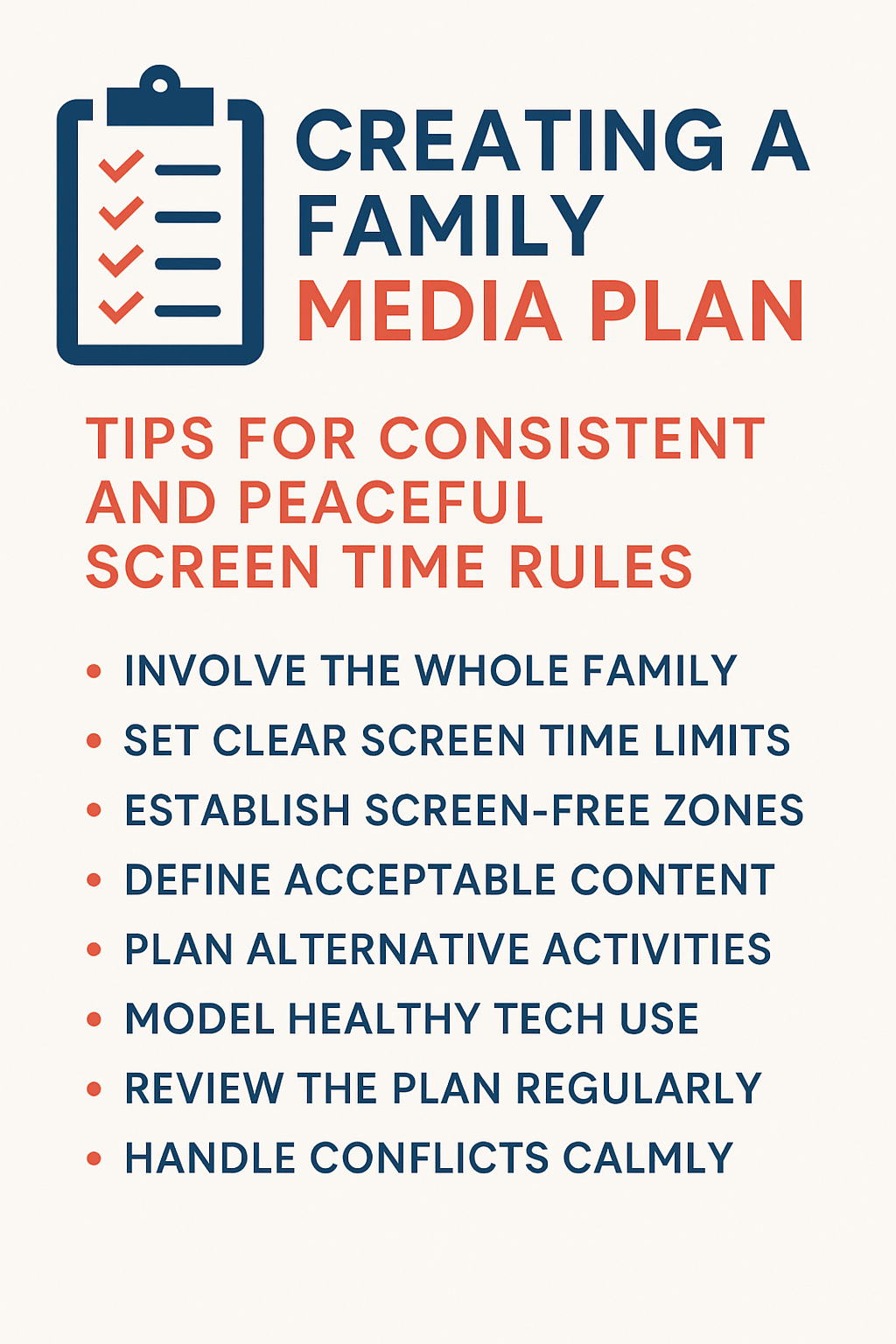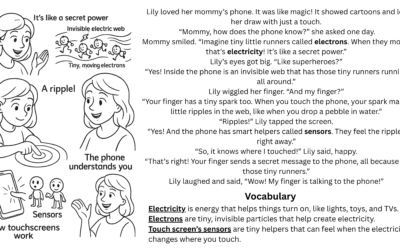What are microplastics?
Invisible, persistent, and everywhere—microplastics are tiny plastic particles smaller than a grain of rice, yet they pose a giant threat to our children’s health. These microscopic invaders have infiltrated the air we breathe, the water we drink, the food our kids eat, and even the toys they play with daily. Scientific studies have linked microplastic exposure to harmful effects such as inflammation, hormone disruption, and impaired development—especially alarming for growing children with delicate, developing bodies.
What makes microplastics particularly dangerous is their ability to sneak into our homes and lives unnoticed, accumulating silently over time. Unlike other environmental hazards that you can easily avoid, microplastics are nearly impossible to escape without conscious effort. As a parent, this invisible risk may feel overwhelming—but it also presents an urgent call to action.
Protecting your child from the unseen dangers of microplastics starts with knowledge and practical steps. The good news? There are effective, manageable ways to reduce your family’s exposure and help shield your children from these toxic particles before it’s too late. Below are 10 advanced tips every parent must know to fight back against microplastic risks and create a safer environment for their kids.
1. Switch to Glass or Stainless Steel Food Storage Instead of Plastic Containers
Plastic containers, especially older or scratched ones, release microplastics into food over time. Investing in durable glass or stainless steel containers for storing children’s meals and snacks can significantly reduce this hidden source of contamination and keep food safer.
2. Use a High-Efficiency Washing Machine Setting Designed to Reduce Microfiber Shedding
Synthetic fabrics like polyester shed microplastic fibers during washing, which can contaminate water and indoor air. Some modern washing machines offer eco-friendly or gentle cycles that reduce friction and fiber release—use these settings for kids’ synthetic clothing to cut down microfiber pollution.
3. Line Play Areas with Natural Materials Instead of Synthetic Turf
Artificial turf is common in playgrounds but can shed millions of microplastic fibers as children run and play. Advocating for natural grass, wood chips, or sand in play areas can help reduce your child’s exposure to these invisible plastic particles.
4. Choose Toothbrushes with Natural or Recyclable Materials
Plastic toothbrushes degrade over time and contribute to microplastic pollution. Switching to bamboo or other biodegradable toothbrushes designed for kids reduces plastic waste and lowers exposure to microplastics from worn-out bristles.
5. Avoid Cosmetic and Personal Care Products with Plastic Microbeads
Many bath and skincare products for children contain plastic microbeads, often listed as polyethylene or polypropylene. These tiny beads pollute waterways and may be absorbed through the skin. Always check ingredient labels and choose natural or microplastic-free alternatives.
6. Minimize Use of Plastic Wraps and Opt for Beeswax or Silicone Cover
Plastic wraps degrade and release microplastics, especially when used to tightly cover food. Using beeswax wraps or reusable silicone lids instead protects food without introducing plastic particles into meals.
7. Regularly Clean and Replace Vacuum Filters to Prevent Indoor Microplastic Accumulation
Microplastic fibers settle indoors on floors and surfaces, becoming airborne dust that children can inhale or ingest. Using a vacuum with a HEPA filter and replacing filters regularly reduces indoor microplastic buildup and improves air quality.
8. Opt for Bulk Purchases to Reduce Plastic Packaging Waste
Single-use plastic packaging is a major source of microplastic pollution. Buying food, toiletries, and household products in bulk with minimal packaging helps reduce overall plastic waste and lowers the chances of microplastic contamination in your home.
9. Use Indoor Air Purifiers with HEPA Filters to Capture Airborne Microplastic
Indoor air contains microplastic fibers from clothing, dust, and furniture breakdown. HEPA air purifiers effectively trap these particles, improving the air quality and reducing inhalation risks for children, especially those with respiratory sensitivities.
10. Encourage Family Involvement in Local Beach or Park Cleanups to Prevent Microplastic Pollution at the Source
One of the best ways to protect children long-term is by reducing plastic pollution in the environment. Participating in or organizing local cleanups teaches children environmental stewardship and physically removes plastic debris before it breaks down into microplastics.






0 Comments